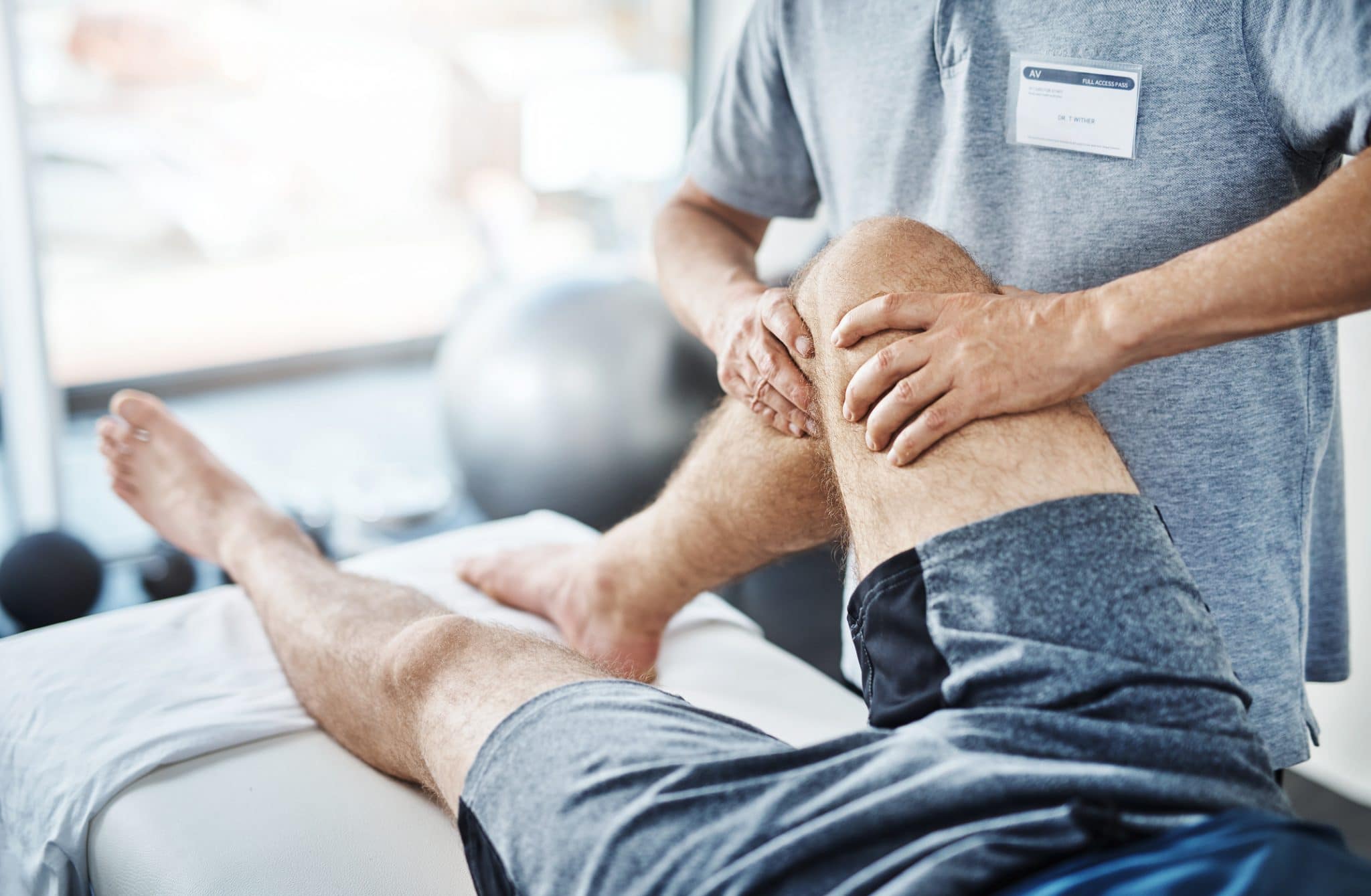Effective Approaches to Minimize the Chance of Acute Traumas in Sports Via Focused Preventive Tactics
Effective Approaches to Minimize the Chance of Acute Traumas in Sports Via Focused Preventive Tactics
Blog Article

Sudden traumas in sports can occur unexpectedly and frequently lead to serious problems for athletes. These injuries can vary from twists and tears to breaks and concussions. To assist reduce these traumas, it is crucial to adopt focused protective strategies. These strategies concentrate on education, proper training, equipment use, and overall health maintenance. By tackling these key areas, athletes can significantly lower their chances of suffering from acute injuries while engaging in their beloved sports.
One effective approach to minimizing the likelihood of traumas is through education. Athletes, coaches, and guardians should be educated about the typical types of traumas associated with specific activities. Comprehending the dynamics of these injuries allows everyone to recognize the signs and signals early. Informative workshops or seminars can assist teach athletes about correct techniques and the significance of preparing up before games or training sessions. This understanding empowers athletes to take charge for their well-being and motivates them to communicate any concerns about possible injuries.
Another crucial protective strategy is proper training. Players should participate in a well-rounded training program that centers on developing strength, flexibility, and endurance. Strength training helps build the muscle groups that support joints, lowering the chances of injuries. Flexibility exercises, such as elongating, can enhance the range of motion and reduce the chance of muscle strains. Additionally, athletes should integrate sport-specific drills that simulate game situations, which can help them become more acquainted with the actions involved in their chosen sport. Trainers play a crucial role in designing and implementing these conditioning programs to ensure they are secure and effective.
The use of appropriate gear is also vital in preventing acute traumas blog here in sports. Athletes should always wear the right equipment for their specific sport, including helmets, pads, and suitable footwear. For example, football players need helmets to shield against head injuries, while soccer players require shin guards to shield their legs from collision. It is crucial that gear fits correctly and is cared for regularly to ensure it provides the necessary safeguarding. Coaches and guardians should motivate athletes to take the effort to select and wear the appropriate gear to minimize their chances of trauma.
In addition awareness, training, and equipment, upholding overall health is crucial for trauma prevention. Players should emphasize adequate nutrition, hydration, and rest to keep their bodies in top condition. A nutritious diet rich in vitamins and minerals helps facilitate muscle recovery and overall physical performance. Staying hydrated is also important, as dehydration can lead to fatigue and increase the risk of injuries. Lastly, achieving enough rest is vital for recovery and upholding focus during practices and matches. By promoting good well-being habits, athletes can improve their performance and lower their chances of experiencing acute injuries.
In summary, reducing the likelihood of acute injuries in athletics requires a multifaceted method that includes awareness, adequate training, suitable gear, and overall health maintenance. By concentrating on these targeted protective strategies, players can more effectively protect themselves from the risks of traumas. Trainers, guardians, and athletes all have important roles to play in fostering a secure athletics environment. By cooperating together and emphasizing protection, the enjoyment of athletics can continue without the interruption of serious injuries.